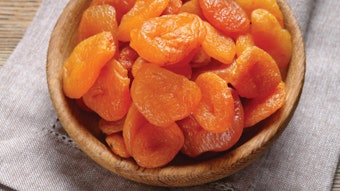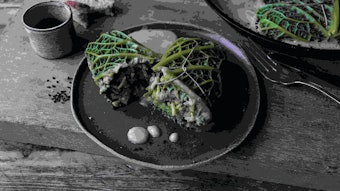Most flavor ingredients were sourced internally, and there were few reliable outside ingredient suppliers. Today, the industry has made great strides and is vastly different.
Here are some of the changes I have observed during my 40 years in the flavor industry:
- You used to be able to tell how prosperous a flavor company was by totaling its research budget. Today’s automated research instrumentation that is available to everyone turns these “creative secrets” into easily solvable puzzles. In addition, flavor matching has become the most important task in a “creative” project.
- Tropical flavors once consisted of only banana and pineapple. Today, there are a multitude of these flavors, and companies are searching the jungles for more.
- We had no sulfur components except for onion, garlic and asafetida. Today, the latest GRAS lists are composed primarily of sulfur and amine compounds.
- There used to be no restrictions on kosher, while now, most flavor houses are kosher.
- When I began my career, our flavors were almost entirely artificial. These days, the majority are natural, and soon will have to conform to organic and other restrictions, as the consuming public deems warranted.
- We did not have “high-potency ingredients.” Now there are many unique characterizing ingredients provided by these specialized ingredient suppliers.
- The moderate cost of ingredients has become extreme in the current market. Some natural ingredients cost thousands of dollars per pound.
- Many of the larger flavor companies offered basic creative flavorist training programs. Today, the majority of flavor companies hire talent only if they have years of experience in the industry.
- At the beginning of my career, the flavor market was expanding continuously and usually by double digits. Today, flavor sales growth is measured in single digits, and flavor companies usually grow by acquiring other less competitive flavor companies, joint efforts or mergers.
- Our initial sample submission was usually a 2- or 4-ounce sample enclosed in a small cardboard box, with some application information. Today, if we can get by with only a 2-ounce sample, it must be enclosed with an MSDS form, a kosher letter and other pertinent data to conform to OSHA regulations. It is more likely that the customer doesn’t want a flavor sample at all—now the customer expects to see a finished prototype suitable for a marketing presentation, either in the desired base or a reasonable approximation to the “secret” base. In order to reduce their costs, our customers have handed the responsibility of their applications back to the flavor suppliers.
Don’t get me wrong. I really love my job, and I would not have changed much in my career. However, the industry is changing, and soon the genealogy tree of flavor companies will become more pointed and less populated. The food industry’s demand for more and more services will become harder and more costly for flavor companies to provide competitively, which most likely will lead to the demise of smaller flavor companies. I also am convinced that because of the creative nature of the flavorist and the improved flavor ingredients available, flavorists today are better able to withstand the rigors imposed by new food and confection processing and preparation conditions.
Materials Evaluated: Cocoa 25 fold, 2,5-Dimethyl-3(2H)-furanone, Lime Oil Sesquiterpeneless, 2-Methyl Butyl Acetate, 2-Methyl Furan, 4-Methy-2-Pentenoic Acid, 2,6-Nonadienal Diethyl Acetal, Oleoresin Vanilla Bourbon Tenfold, Omega Caprolactam (synonym: 1,6-Hexalactam), Orange Juice Carbonyls LV2, Ortho Anisaldehyde, Phthalide, Rice Distillate Brown Basmati, Spearmint Distillate, Vanilla Distillate, 2-Methylbutyl-2-Methyl Butyrate










